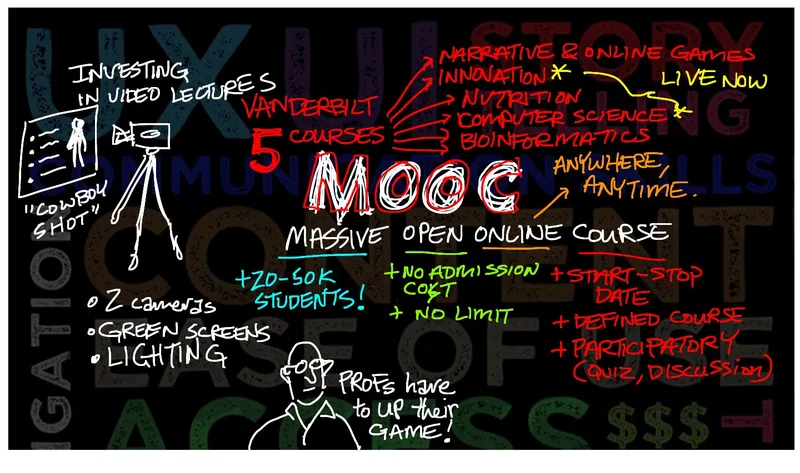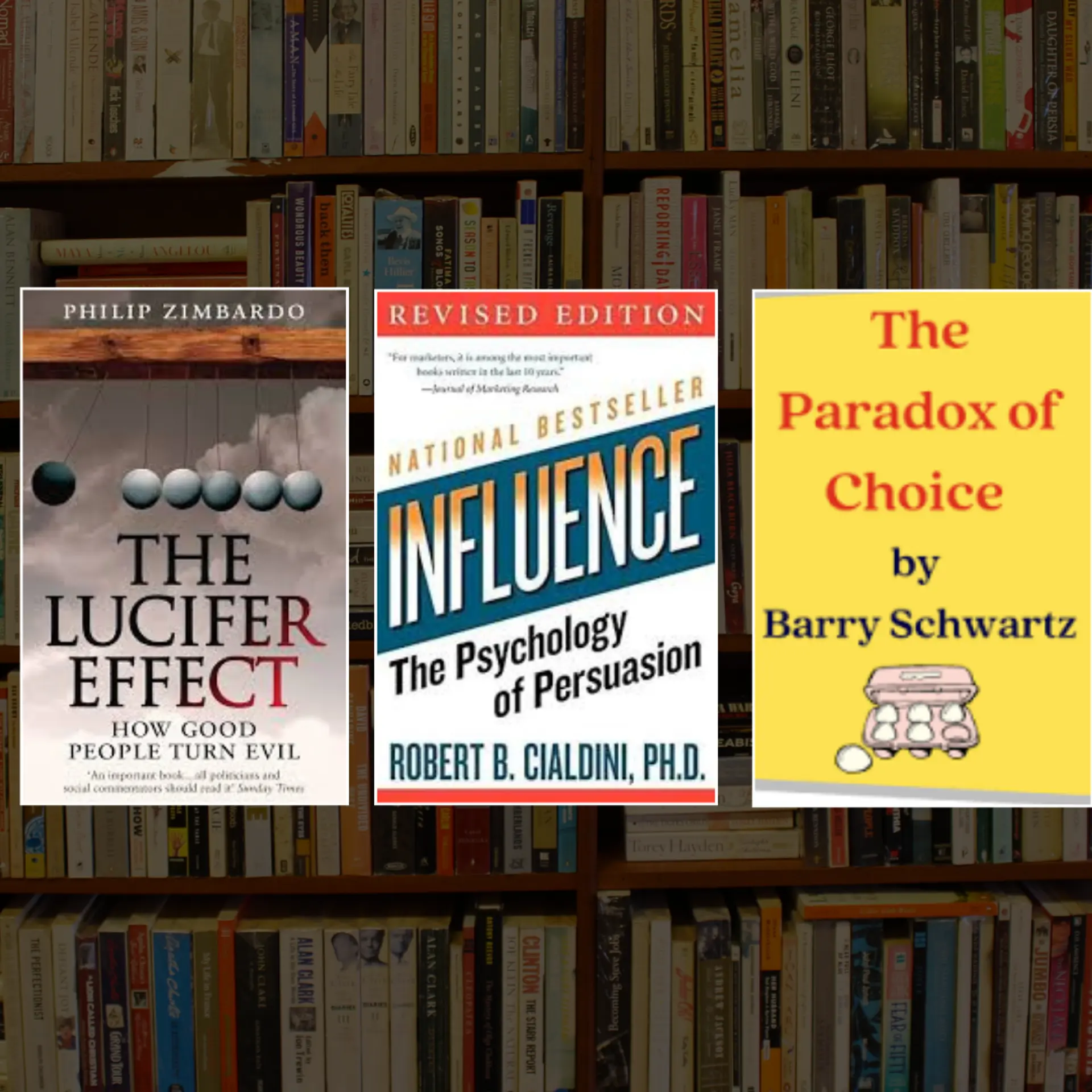This Indian test prep startup gears to devour the $1B+ market

Access to quality higher education has increased this decade, yet the cost associated with it has skyrocketed. The dearth of good teachers in this industry further increases unaffordability. The struggle to land a good university is helping the coaching industry flourish. But, the question is – Do we, at least, have good coaching institutes, not just the ones aimed at minting money?
Possible answer always ends in a ‘No’.

“Hence, more than 95% of the test prep students have to be content with sub-standard offerings thrown at them,” says Rajat Sadana, founder and CEO, E-GMAT.
If we break this whole learning process, there are three prevailing instruction mechanisms today: books, classroom courses, private tutoring, in the increasing order of cost and effectiveness. Over the years, private tutoring has been the most effective learning mechanism accepted by most students. However, because of the limited availability of high quality teachers it turns out to be the scarcest, consequently the most expensive one.
What E-GMAT brings to table is a cost-benefit curve by providing an experience that mirrors the effectiveness of a private tutor, yet costs as little as a good book.
E-GMAT’s differentiator
Traditionally, a good private tutor does two things effectively: he provides high quality learning, and he constantly evaluates your progress, providing you feedback to help you continuously improve. More than the learning process it's the individual feedback that matters the most. It’s customised to make you aware of your mistakes, besides outlining areas for improvement.
The team finds upbeat and dedicated graduates from premier Indian universities who’re passionate about teaching-learning processes.
A team of 3-4 instructors designs nuggets of instruction with multiple instructors collaborating on the initial content generation, while others focus on testing.

The instruction is then converted into audio-visual learning. This process not only engages your ability to read, it also involves your audio and visual cortices in the brain. What makes this learning process interesting is the cohesive engagement of all three senses, enhancing retention similar to that achieved in classrooms.
Constant Feedback
Learning becomes more interactive when you receive feedbacks at regular intervals; they’re helpful to know areas that need improvement. The E-GMAT team has designed their learning modules with different quizzes embedded in them for the feedbacks.
But, what more is helpful is periodic personal assessments and feedback that shows your progress. General feedbacks given to a group of individuals are good, though personal ones are the real game changers.
To mirror the kind of feedback that a private tutor would provide, their instructors have designed contextual questions that test a student’s core skills.
Challenges
Creating a brand in an industry that breaks and makes an individual’s career is difficult and takes time. Try remembering the time you spent deciding which college to go or books to use.
For E-GMAT, too, establishing credibility has been an uphill task. You can’t create brands overnight, it's a long enduring journey.
Speaking about his, Rajat says,
When we first started, we had no brand so we had a difficult time convincing students to purchase our course. However, since technology allowed us to offer a significant portion of the course free of charge, we were able to leverage the same to prove the effectiveness of our offerings.
And, like any other startup, they too faced the challenge of hiring committed quality talent. Finding committed folks in teaching industry seems to be really challenging.
Unavailability of good people and not capital is what limits our growth today. While there are a number of mediocre people, there are very few good people. This is despite the fact that we are one of the best paymasters in India.
Founders Payal Tandon and Rajat Sadana have spent 80% of their time in the past 12 months growing the team from 4 people to 18 people. During this time, they’ve created extensive training programs for their subject matter, operations, and eLearning teams.
Training employees, though a difficult problem for most, isn’t one for this team. Every member who joins goes through a month-long training program. This allows them to understand the culture of the company as well as our work processes. It also gives the team an opportunity to evaluate whether a person is built to work in a startup or not before committing them to a critical project.
Sharing his learning over the past few years, Rajat says,
The advice that I have learned is to stick to the old adage - actions speak louder than words. Look for people who can prove to be diligent and ambitious rather than looking for just those who possess excellent credentials on paper. Also seek references that can vouch of evidence of applicant's past achievements.
All this has come over a few iterations. In the last 12 months, the team has made many mistakes.
Effects of MOOCs
One can’t steal the credit from Coursera or Udacity for popularizing MOOCs, and inculcating the feeling across the globe that education can be impacted online. MOOCs have created great awareness amongst general population.
Times have changed. Imagine a student looking for a prep course three years ago, he would just look for a traditional classroom course. But, the recent rise in MOOCs has made the students conscious of the fact that effective learning can be delivered online at your convenience. MOOCs have also contributed in making this dream a reality - to pay for courses online.

However, most people do confuse MOOCs with online test prep courses. Whilst both address different problems, MOOC focuses on a prevalent model that is potent and cost-effective. Owing to its efficiency, they have the flexibility to compromise on quality as well, given the constraints to which they have to adhere.In test prep course models, books or classroom courses are not effective. While books are scalable, physical classrooms are not. Hence, the possible solution is to bring the best of both - create a learning mechanism more effective than both traditional classroom and books at an affordable price.
Education – Investor’s darling zone
With increasing Internet penetration due to the rise of cheap hardware, more and more people have access to online education options. Global surge in MOOCs has also helped bring a psychological change in the way both educators and investors now see this industry.
Today, most investors realise it’s now possible for companies to deliver high value content and scale up quickly, while maintaining high margins. As the world gets connected via mobiles and tablets, and opens further to online learning, the overall risk to barrier to startup in this vertical has significantly reduced.
Raising capital is a pain, though. Sharing his insights, Rajat says,
Four years ago, less than 10% of the VCs we contacted had education in their portfolio or were interested in investing in the same. Today, more than 30% either have invested or are very interested in doing the same.
Growth in E-GMAT
Growing an online education company from Chennai for the global audience has been a great learning curve for the team.
Today, the team sees students taking their courses across 45 countries including Bangladesh, where many people don’t have credit cards to pay with.
The growth at E-GMAT is no less than phenomenal, at 150% YoY. The team currently adds approximately 450 students every month at an ARPU of INR 20K. In their first year, in 2011, they had just 500 students at an ARPU of INR 4000. Overall, in the second year, they had nearly 1300 students, 2200 in third, and this year they’re expecting to add 5000 new students. Throughout this journey, the team has always been cash flow positive with good EBIDTA.
Their focus in the last 12 months has been to build a great committed team with the same vision. In 2015, the team expects to add another 10K students for GMAT and another 4K students for GRE.

Rajat says that over the years they have noticed two trends - one obvious, while the other one quite anticipated.
The obvious is that students in western countries are much more comfortable purchasing a products online than students in Asia are. They offer a no-questions-asked 7-day return policy, and students in the western world trust that. Students in the Asia, however, are a lot more prudent. They prefer to talk to someone before making their purchase.
The anticipated trend is about the use of credit cards as mode of payment. About 20% of their students from India prefer paying using net banking rather than using credit cards, even though they have one or can secure one. This is despite the fact that they end up paying 13% sales tax on net-banking transactions (there is no sales tax in credit card transactions, since the transaction happens in the USA).
Pay in Dollars
It’s seems very uncommon to charge Indians by an Indian company in dollars. Nevertheless, 80% of students from India pay in USD.
We got lots of requests for discounts during our first year of operation even though our courses were priced much lower then. However, in the last 18 months, such requests have decreased. Students recognize that we offer exceptional value, especially given much higher success rate of our students. Some students are initially reluctant to pay in USD, using the credit card, and they pay using Net banking.
Possible reason for their good growth is the option they offer allowing students to start with their cheapest package and upgrade by paying the difference.80% of their students generally upgrade to the $199 or higher package.
Measuring success?
Growing customers and geographies is naturally a great sign of success. But, measuring impact and customer satisfaction has also become important these days.
It’s good to see a team that celebrates the impact along with other growth expansions.
We have helped thousands of students; many who have scored more than 770. But the greatest pleasure comes when we help someone who in the past had given up hope of doing an MBA and is now able to realize his/her dream. The first such instance is of a girl named Christina - a native English speaker who gave the GMAT 6 times over two years. She tried everything but could not improve her Verbal beyond a point. We helped her improve her Verbal score and finally score more than higher than 90 percentile on the GMAT
proudly shares Payal, founder and COO, E-GMAT.
Rajat candidly talks about another user who had scored 25 percentile on the GMAT in his first attempt, and was completely heart broken. He wanted to study MBA but failed his first attempt. The team worked closely with him to improve his verbal score from 25 percentile to 94 percentile in 2 months.
These success stories would definitely make any individual proud of their work and contribution to the education market.
Future product development pipeline
The team is on huge expansion drive, both in user base and their course offerings. They recently added a Quant course to their offerings along with a new quizzing platform called eScholar.
The introduction of the Quant course has allowed them to offer an 80 point score improvement guarantee, unheard of in the GMAT space. What’s surprising is their refund rates over the past 12 months has always been less than a per cent.
They are still in the process of introducing, at least two new exam courses (eg. SAT, ACT, GRE, CAT, etc.) every year.
Over the next three years, the team’s goal is to become a one-stop place for any aptitude test. They believe they’ll play a significant role in this huge $1B+ test prep market.







